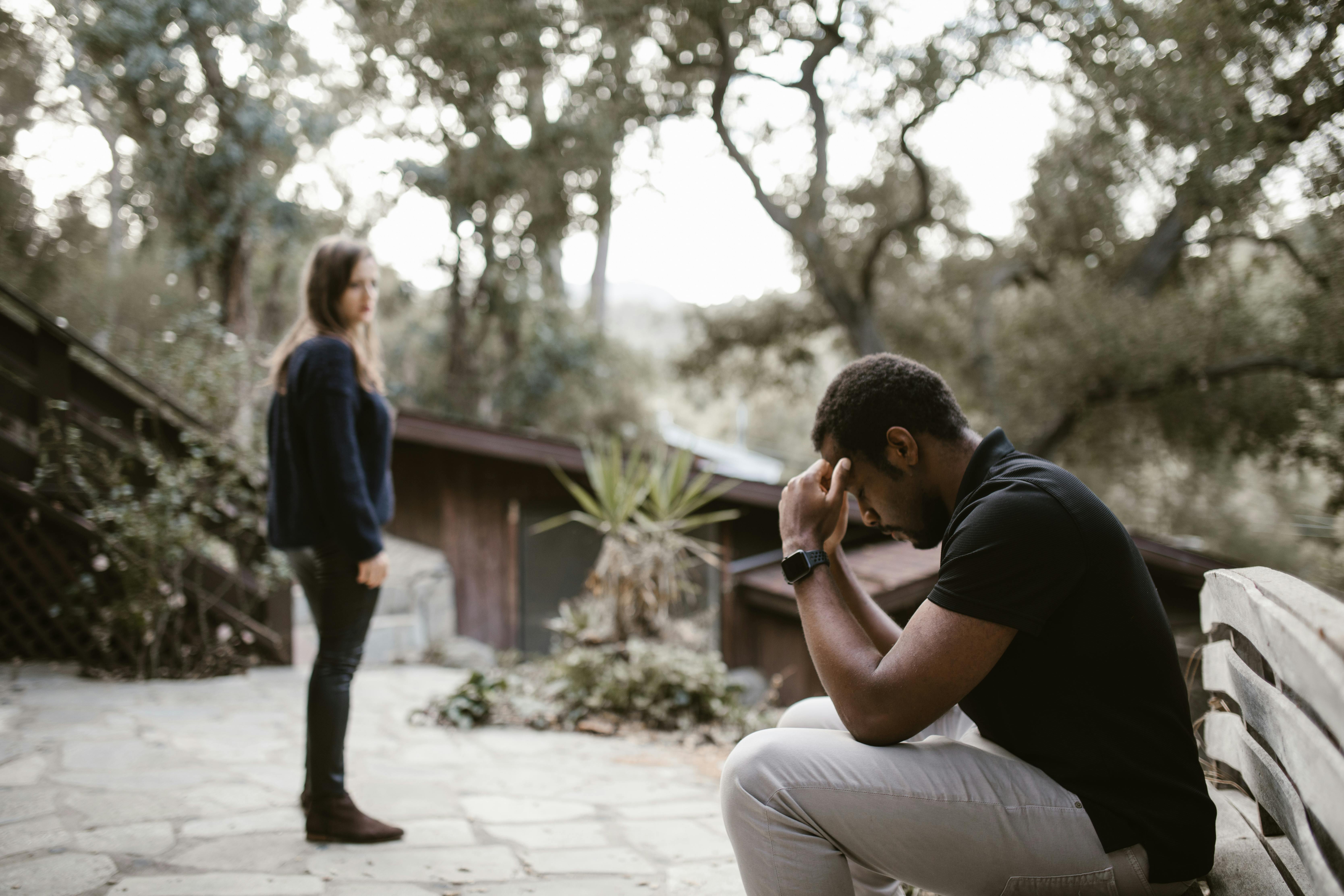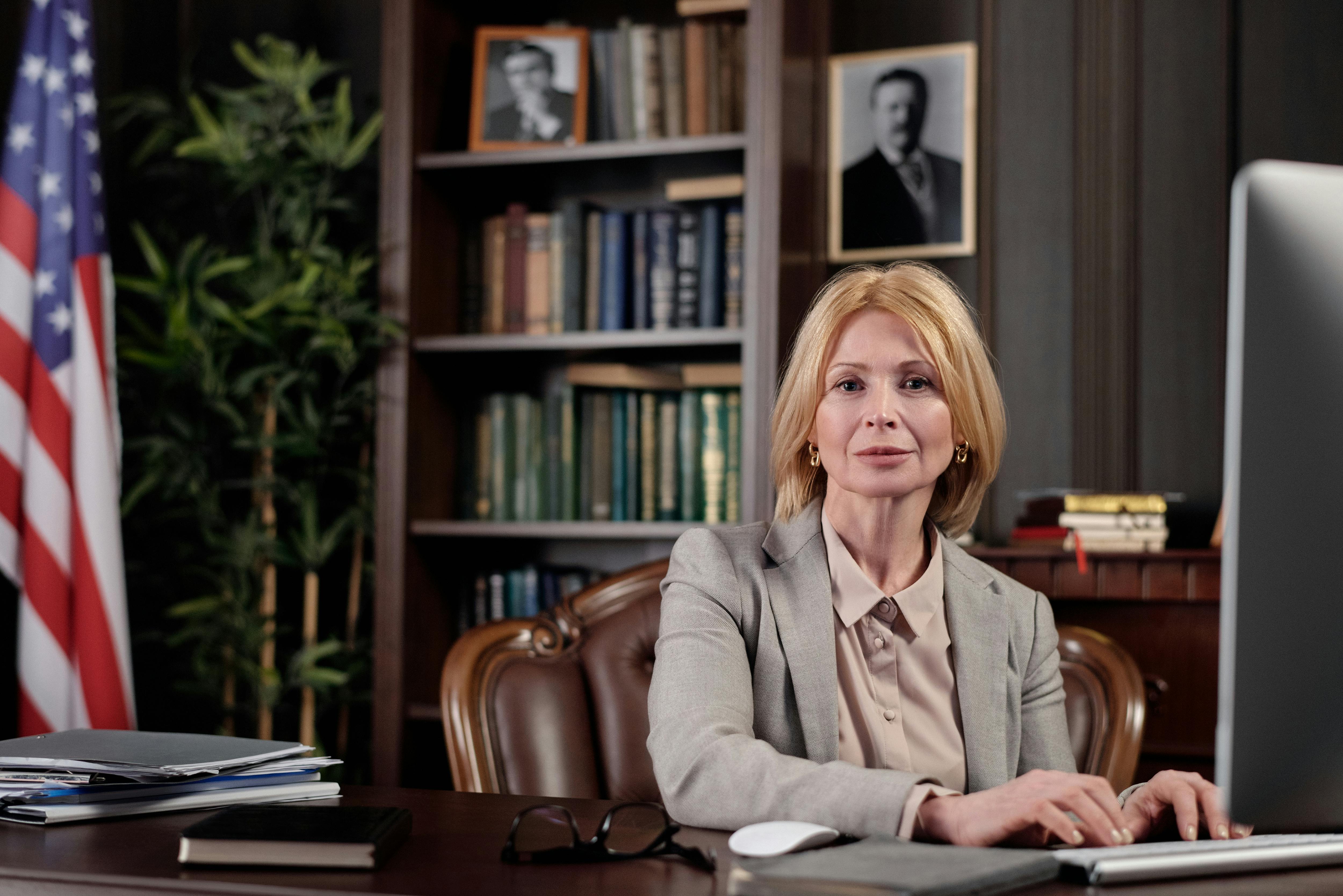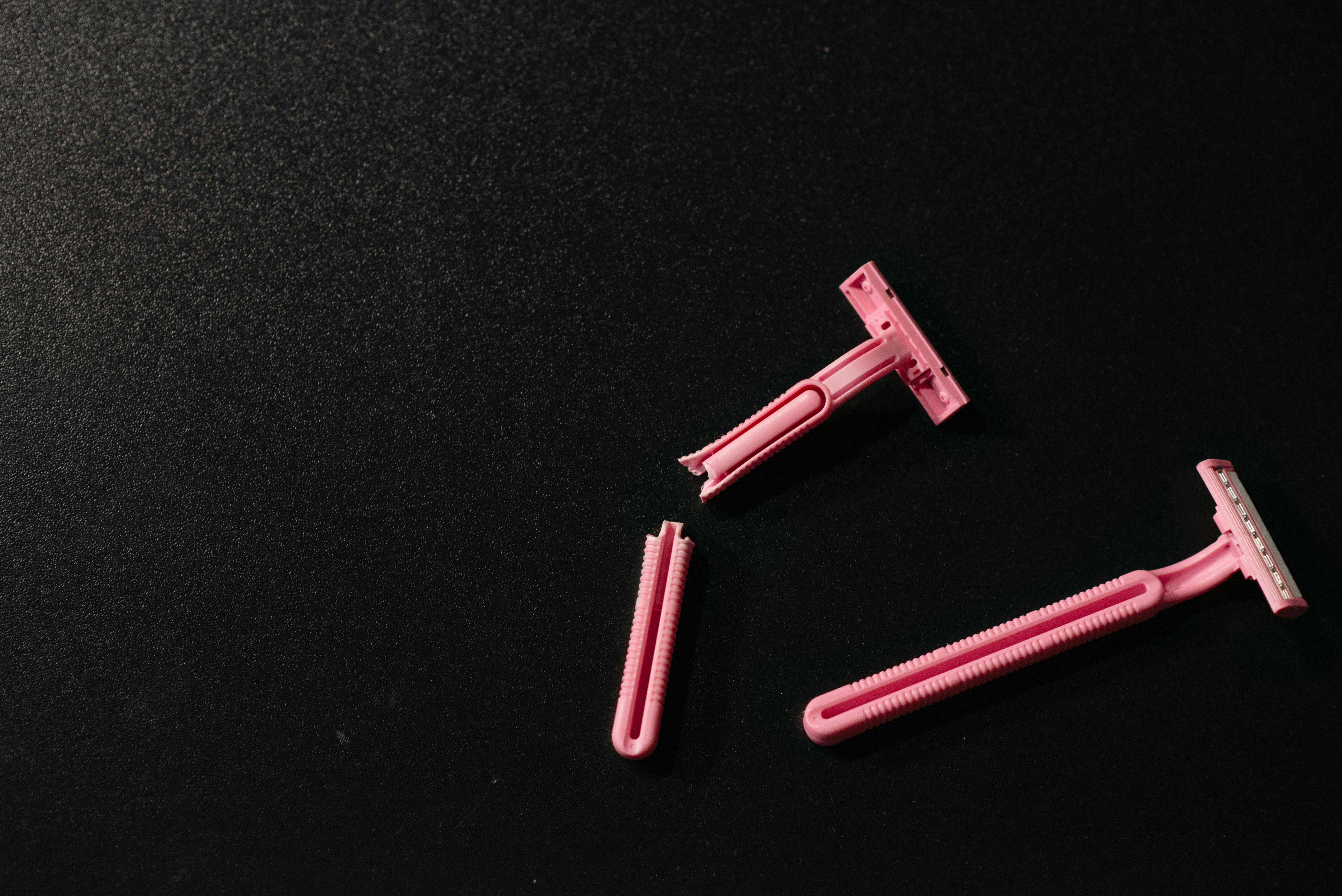Larry Silverstein and the John Patrick O’Neil connection
John Patrick O’Neil, born in New Jersey, grew up watching crime shows. His favorite show was a television drama called FBI, which dramatized actual FBI case files. John, after graduating from high school, went to college in Washington in 1971. While there, he got a job as a fingerprint clerk at FBI headquarters in Washington. In 1973 he earned a fine degree in Administration of Justice from The American University and then a master’s degree in forensic medicine. Regarded by friends and colleagues as a ‘perfectionist’ and always ‘top of his class’, his dream was to work for the FBI and that dream came true in 1976 when he was hired as an agent for what he believed to be the best investigative agency in the world, the Federal Bureau of Investigation.
Over the next 15 years, O’Neil made his way investigating organized crime, white collar crime, and later while working in the FBI’s Washington office in counterintelligence. Brilliant, intelligent, ambitious and tenacious, everyone who worked with him said he was ‘the best’. He was ‘one of a kind from him’, maverick was the term often associated with him. Good-looking, beautifully dressed with very expensive tastes, although much loved and admired, there were those less talented than him and those with things to hide who felt threatened by John O’Neil.
Due to his professional success, in 1991 O’Neil was promoted and transferred to the FBI Chicago field office, where he was assigned the important role of Assistant Special Agent in Charge. He also worked to promote interagency cooperation and improve ties and break red tape between the FBI and local law enforcement. A task that some found counterproductive and ‘irritating’. He later became known as one of “America’s leading counterterrorism experts” eventually becoming the deputy director of the Federal Bureau of Investigation until late 2001.
O’Neil’s connection to 9/11 really began in 1993, after he was directly involved in the capture of Ramzi Yousef, the leader of the first WTC bombing. O’Neil went on to investigate the 1996 Khobar Towers bombings in Saudi Arabia. While investigating the Saudi bombings, he became frustrated by the lack of Saudi cooperation and complained to then-FBI Director Lois Freeh that the Saudis were “blowing smoke up his ass”, which he did not take lightly and was not meant to be! O’Neil was not only a brilliant agent with real balls, but he couldn’t be bought. His experience in Islamic militants, Middle Eastern cells and counterintelligence was superior to that of many other high level counterintelligence operatives and it was for this reason that he later became the subject of a frontline documentary ‘The Man Who Knew’.
In 1997 he was transferred to the New York office, where he was one of the main agents in charge of the fight against terrorism and national security. In 1998, two US embassies were bombed in quick succession, one in Nairobi, Kenya, and the other in Dar Es Salaam, Tanzania. O’Neil immediately raised his hand to say that he was willing to participate in the investigation, as he had vast knowledge of Islamic militants. However, the people at the top of Washington were starting to tire of O’Neil’s successes and ways of getting information, and one has to wonder why? O’Neil was excluded from the investigation of the embassy bombings and instead inferior and much less informed agents with no experience in the region were sent to “collect leads”. O’Neil was enraged because he felt he could speed up the investigation, but to no avail.
In the year 2000, investigations again took him to the Arab world and Yemen, where he was sent to investigate the attack on the USS Cole.
His travels to Yemen in the late 1990s opened up vital new sources of information for him and it was in Yemen that O’Neil made many important Arab underworld connections that began to provide him with vital information, not only about the dynamics of Islamic Militant cells, but who those cells were connected to and funded with. O’Neil kept his sources close to his chest because he knew that even the best agencies had insiders.
Upon his arrival in Yemen in 2000, O’Neil complained about his team’s “lack of security” surrounding their investigation of the USS Cole bombings. At the time, the US ambassador to Yemen was Barbara Bodine. The ambassador did not like O’Neil and was stingy with his style and approach. She was possessive over what she felt was his territory and created obstacles to O’Neil’s modus operandi. After the first month of investigation, O’Neil returned to the United States with new information and 20 pounds less. Friends of his said they noticed that O’Neil was “worried,” “worried,” “nervous,” certainly not the usual way. They believed that he had received information from his connections that he was connected to the CIA. Whatever O’Neil had learned was certainly something ‘significant’. A few weeks later, O’Neil told his superiors that he needed to return to Yemen to conclude his investigation. Barbara Bodine and others in Washington blocked his return and refused to authorize the necessary permits to travel to the Yemen region.
Bodine was later quoted as saying;
“Too much is being made of whether or not John O’Neill is in Yemen,” “John O’Neill did not discover Al Qaeda. He did not discover Osama bin Laden. So the idea that John or his people or the FBI were somehow prohibited from doing their job is an insult to the US government not to support the investigation.”
It was at this point that things started to get confusing. O’Neil was accused of losing a briefcase of highly classified documents at an FBI conference when he “walked out” of a room with more than 350 FBI agents to listen to a miswired cell phone call. When he returned minutes later, the case was gone. Oddly enough, the briefcase ‘turned up’ a few hours later with nothing missing. The forensic analysis proved it, since the papers were so sensitive that they were subjected to tests. One has to wonder, how could a briefcase be ‘stolen’ in the midst of 350 FBI agents? Oh, one can think; It must have been a mistake, wrong bag picked up by the wrong person, but if that was the case, why was the bag returned anonymously? Why didn’t anyone admit to taking the bag if it was a genuine mistake? He later was accused of being ‘negligent’ after losing a cell phone and a Palm. Or Neil said that he never ‘lost’ anything and that if something was missing, it was taken by people who knew he was there.
He was then subjected to a series of internal FBI investigations. O’Neil’s colleagues came to his defense, suggesting that he was the victim of a “high-level smear campaign” and that he had “worried” people about what he had learned while in Yemen. Eventually, O’Neil was forced to resign from the FBI after he was constantly hounded by his superiors and he passed over O’Neil when he should have been promoted. O’Neil knew his FBI career had hit a dead end. But as he watched his departure from the FBI, Jerome Hauer tracked him down.
Hauer was a former national security adviser at the Dept. of Health and Human Services and also the CEO of Kroll Associates, a firm that specializes in security and terrorism prevention. Hauer had a strong background in counterterrorism and specialized knowledge of biological warfare.
Hauer had previously been employed by his friend Mayor Giuliani from 1996 to 2000 as director of the Office of Emergency Management. Hauer came up with a job for O’Neil. Hauer told O’Neil that his ‘client’ Larry Silverstein wanted him to be the Head of Security at the WTC, this was now late August 2001. O’Neil liked the offer, which was generous, US$350,000 plus benefits, but O’Neil wanted a few days off before starting his new job. He was told that Silverstein wanted him “in the office no later than 9/11.” So 9/11 was going to be John O’Neil’s first day at the WTC. Others since then have said that O’Neil started working for him on August 26, 2001, but that’s when he was hired. Confirmation of his start date can be heard in an interview with New York City Police Commissioner Bernard Kerik;
“That Tuesday was his first day or two on the job,” (Kerik in an interview with CNN’s Larry King Live).
Larry’s two sons, directors of the Silverstein properties, were miraculously late for work on 9/11. Larry used to eat breakfast every morning at the WTC, though not that day. Larry was miraculously lucky to have canceled morning business meetings in favor of a last-minute dermatologist appointment, and thus none of the Silverstein family died in the collapse that day, even though all three should have been at their desks. Not so lucky was Larry’s new hire, FBI counterintelligence agent John O’Neil.
Of the 2,780 WTC victims, only 12 physically intact bodies were found, John O’Neil being one of those rare 12 bodies identifiable with the naked eye. John’s body was found at the bottom of a staircase in the south tower on September 22 where he had allegedly been staying for 11 days. Jerome Hauer formally ID’d him.


